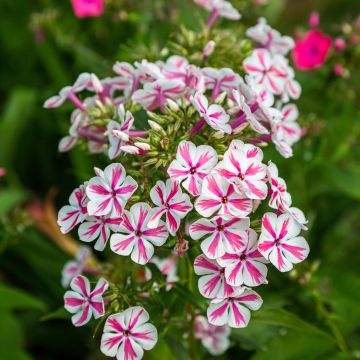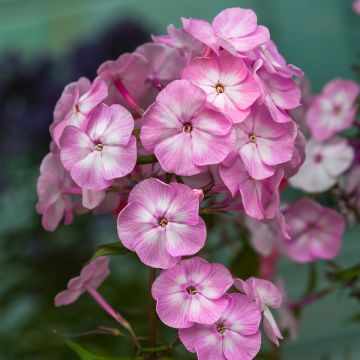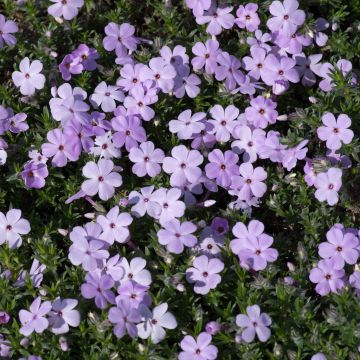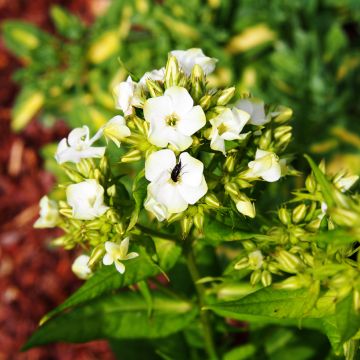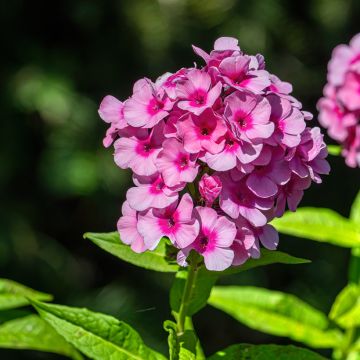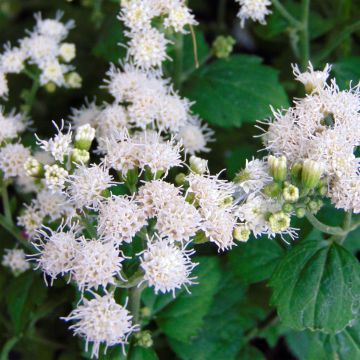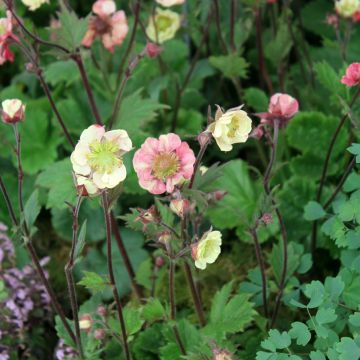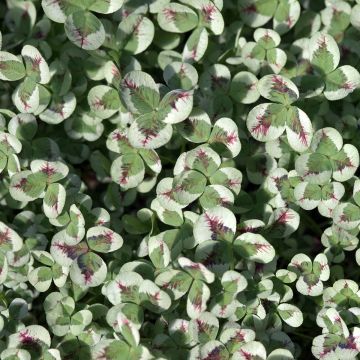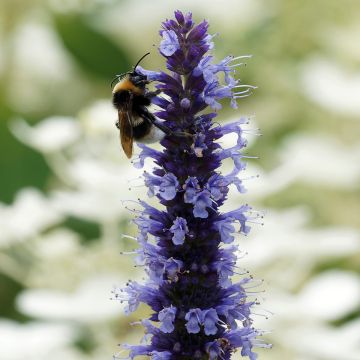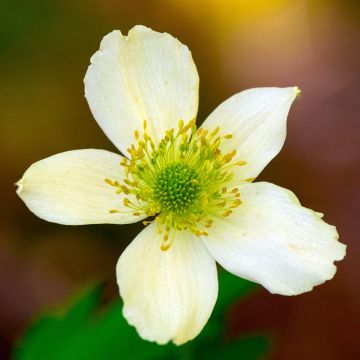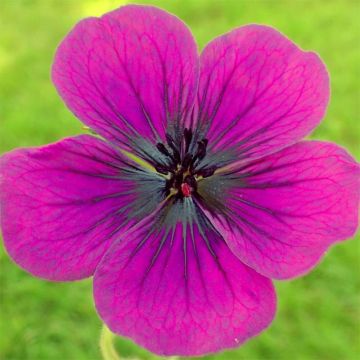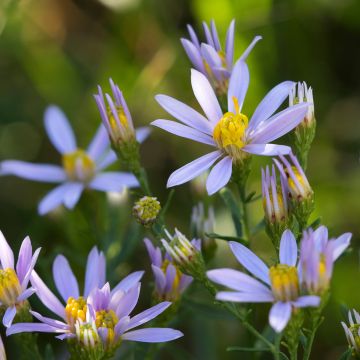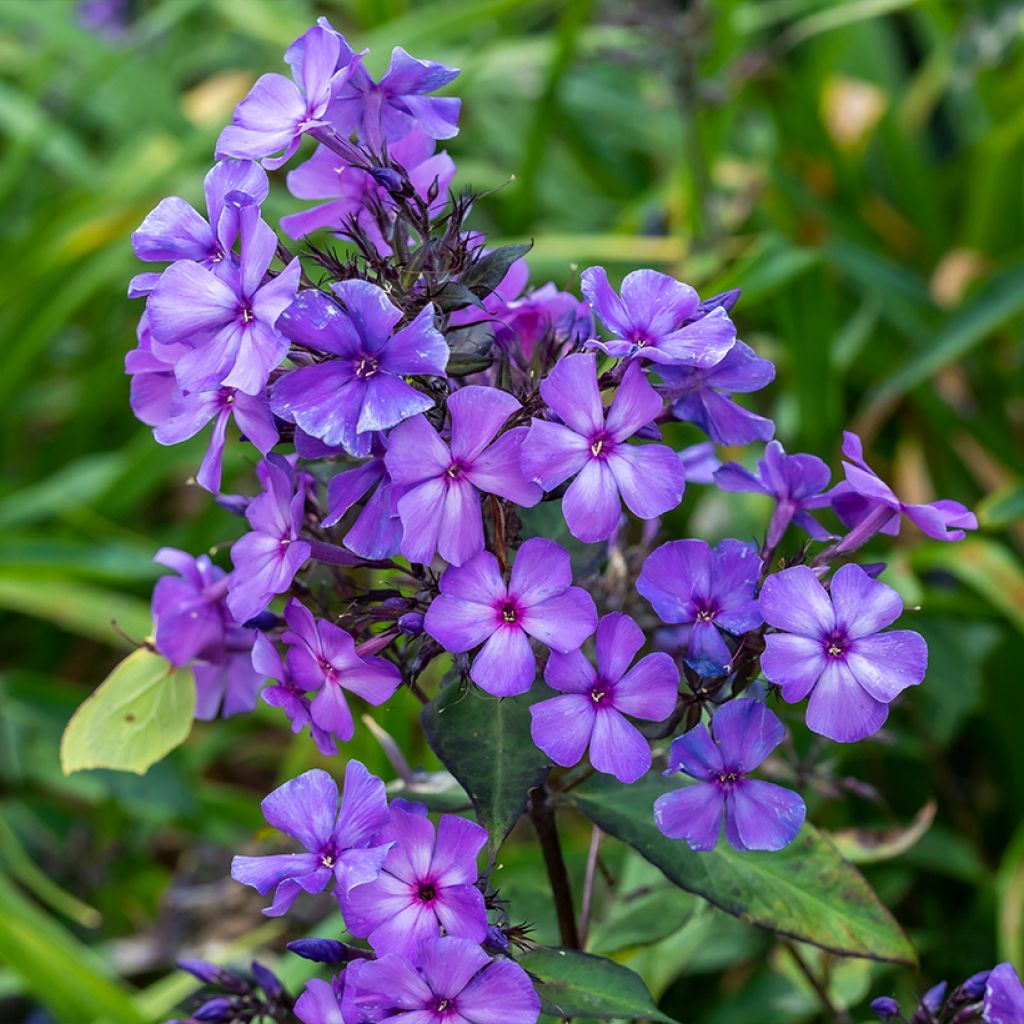

Phlox paniculata Blue Paradise
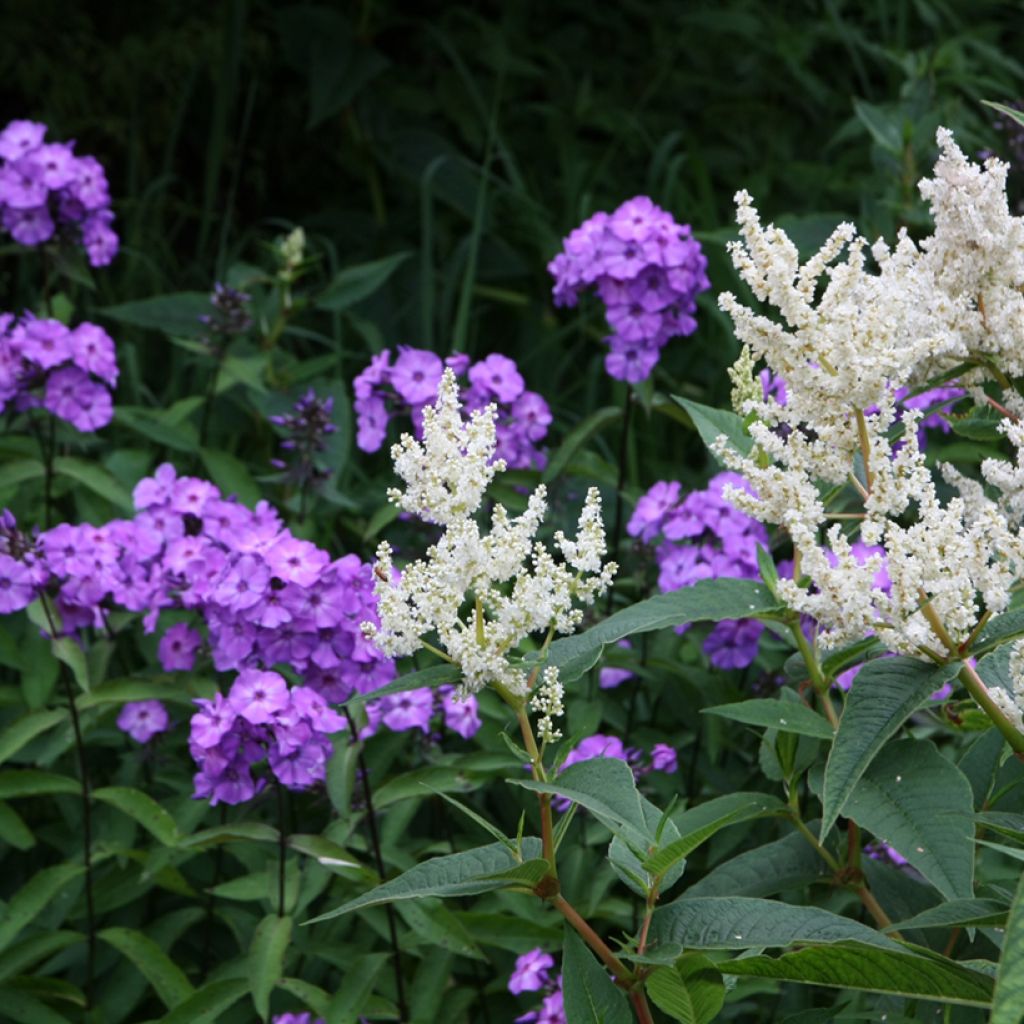

Phlox paniculata Blue Paradise
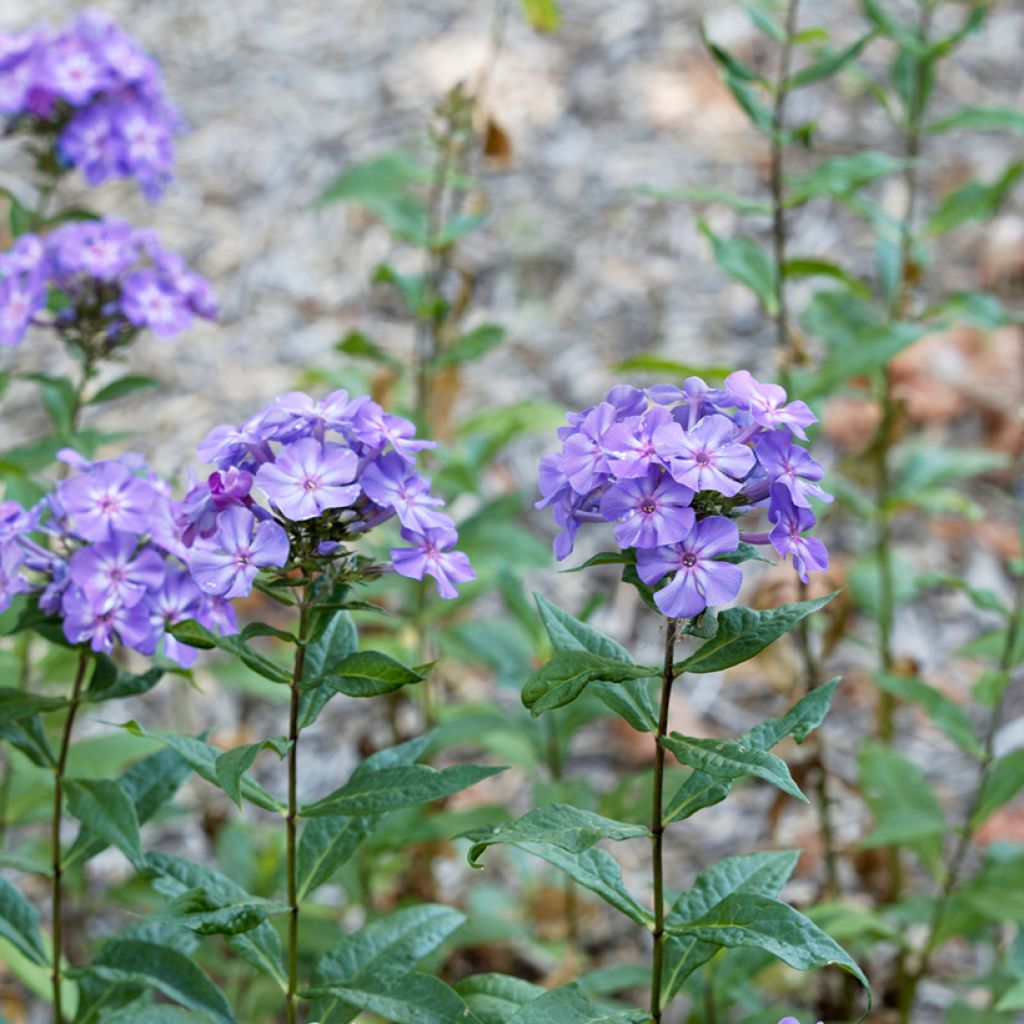

Phlox paniculata Blue Paradise
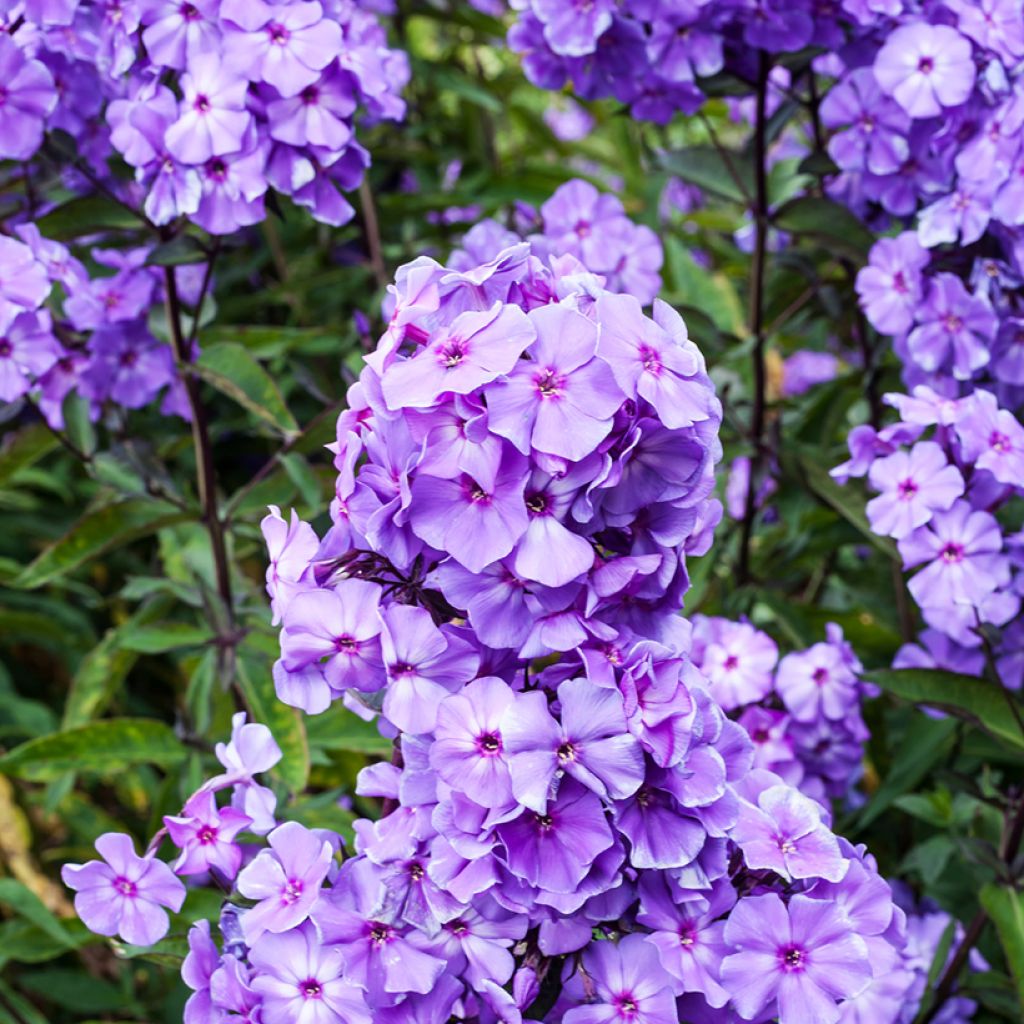

Phlox paniculata Blue Paradise
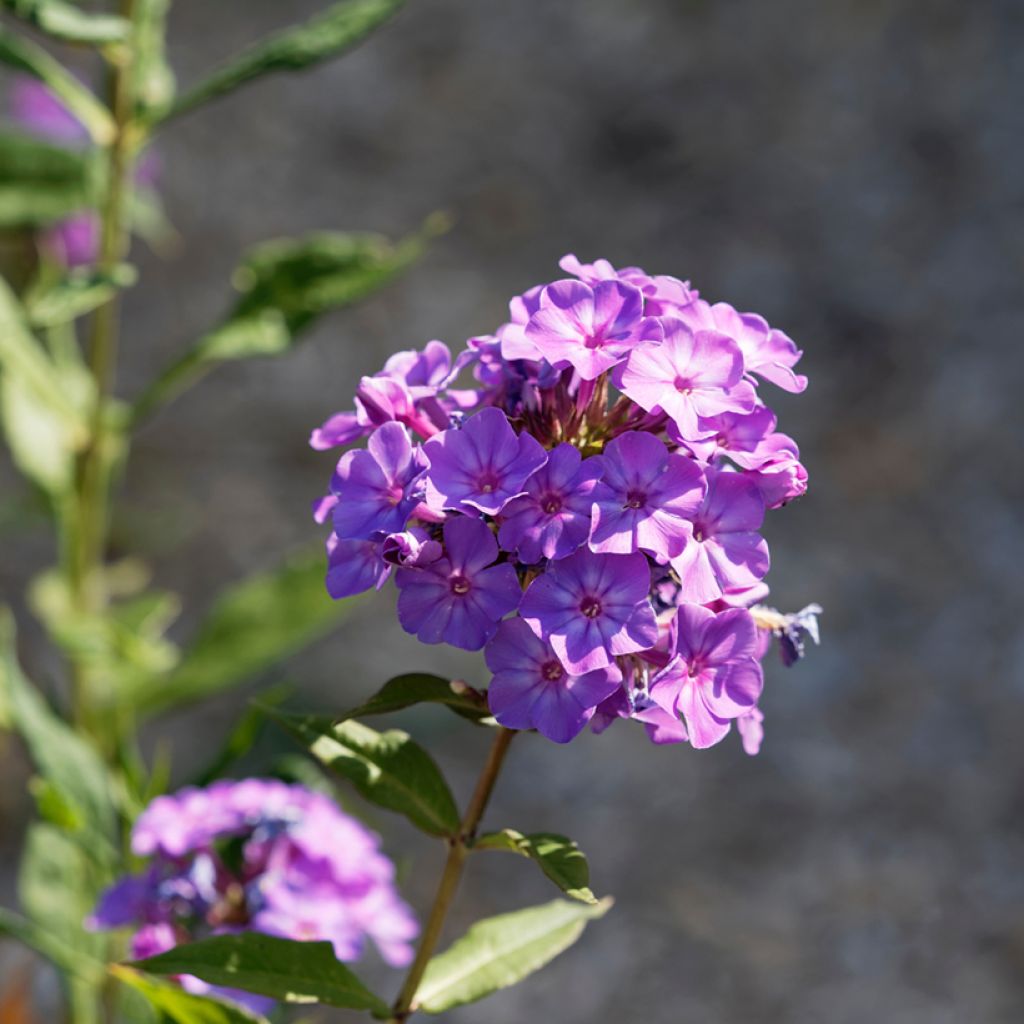

Phlox paniculata Blue Paradise
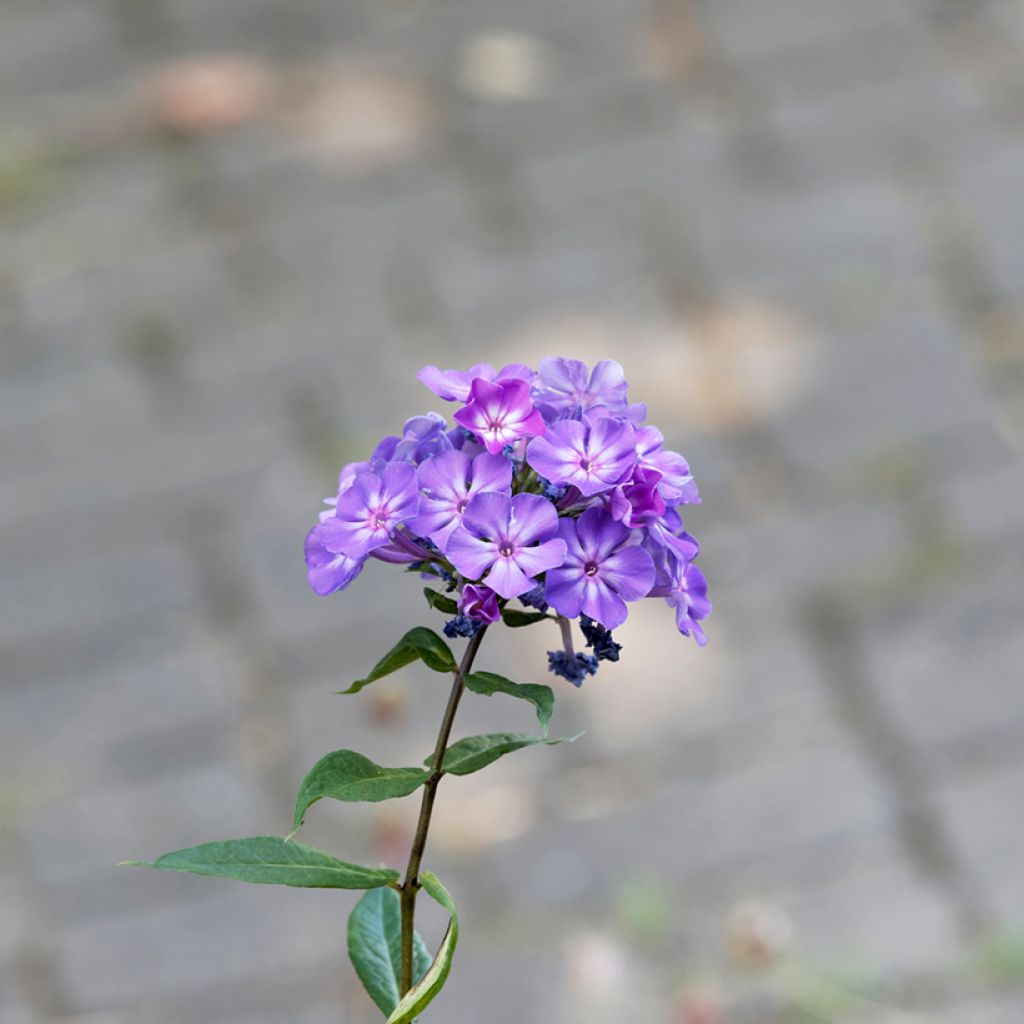

Phlox paniculata Blue Paradise
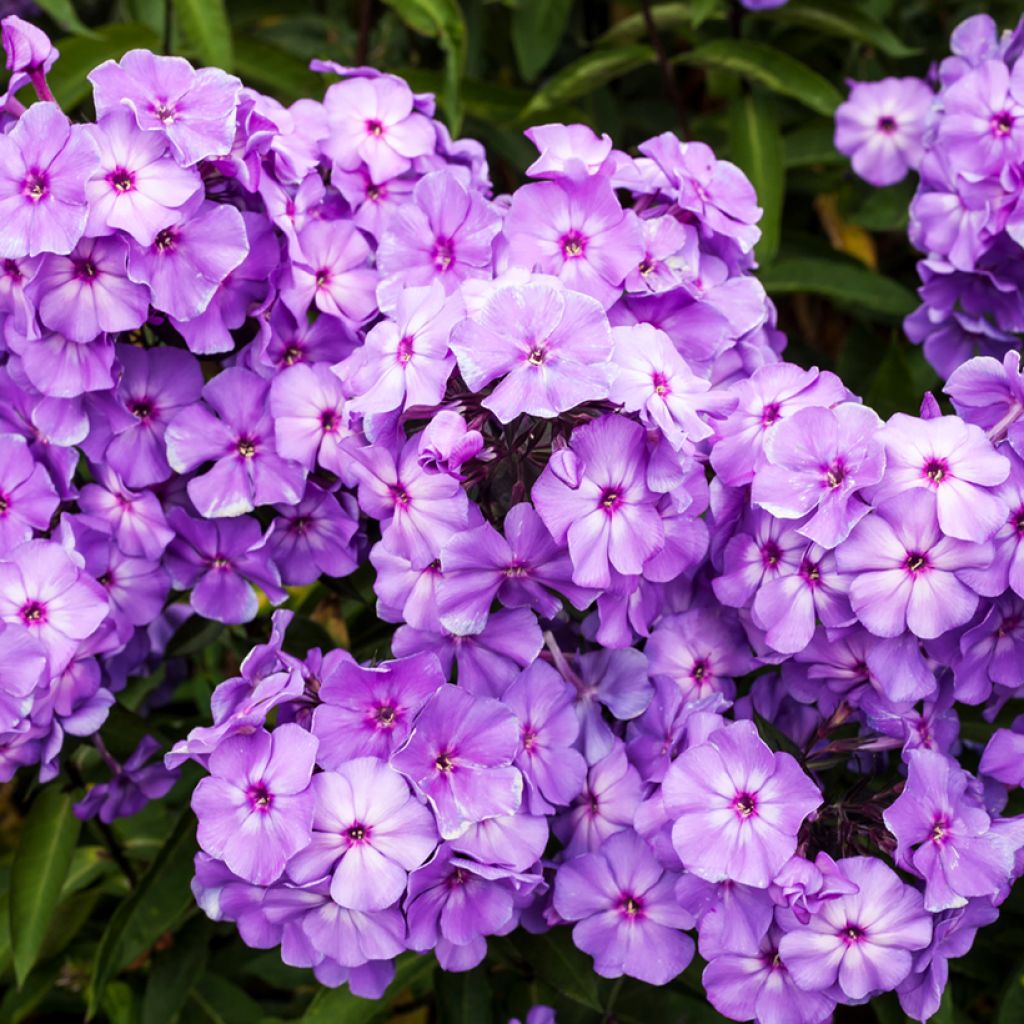

Phlox paniculata Blue Paradise
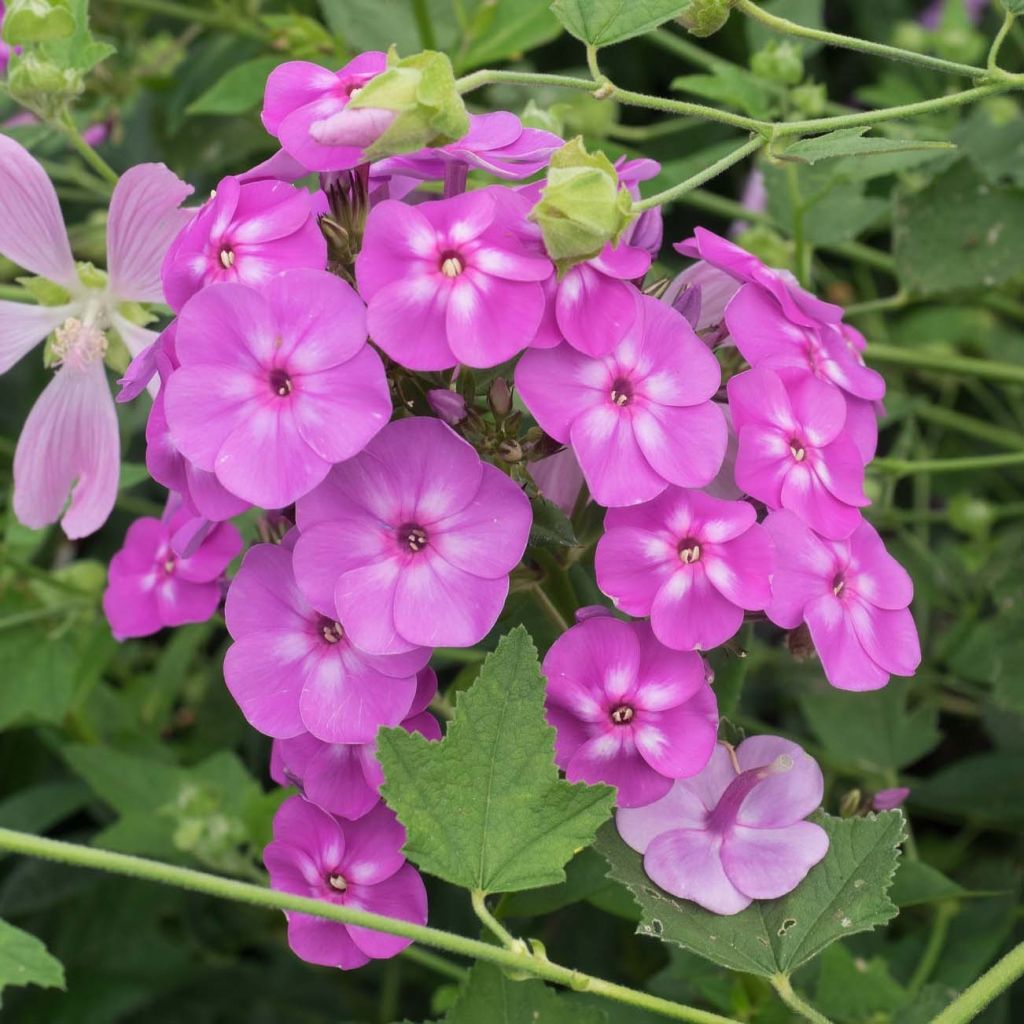

Phlox paniculata Blue Paradise
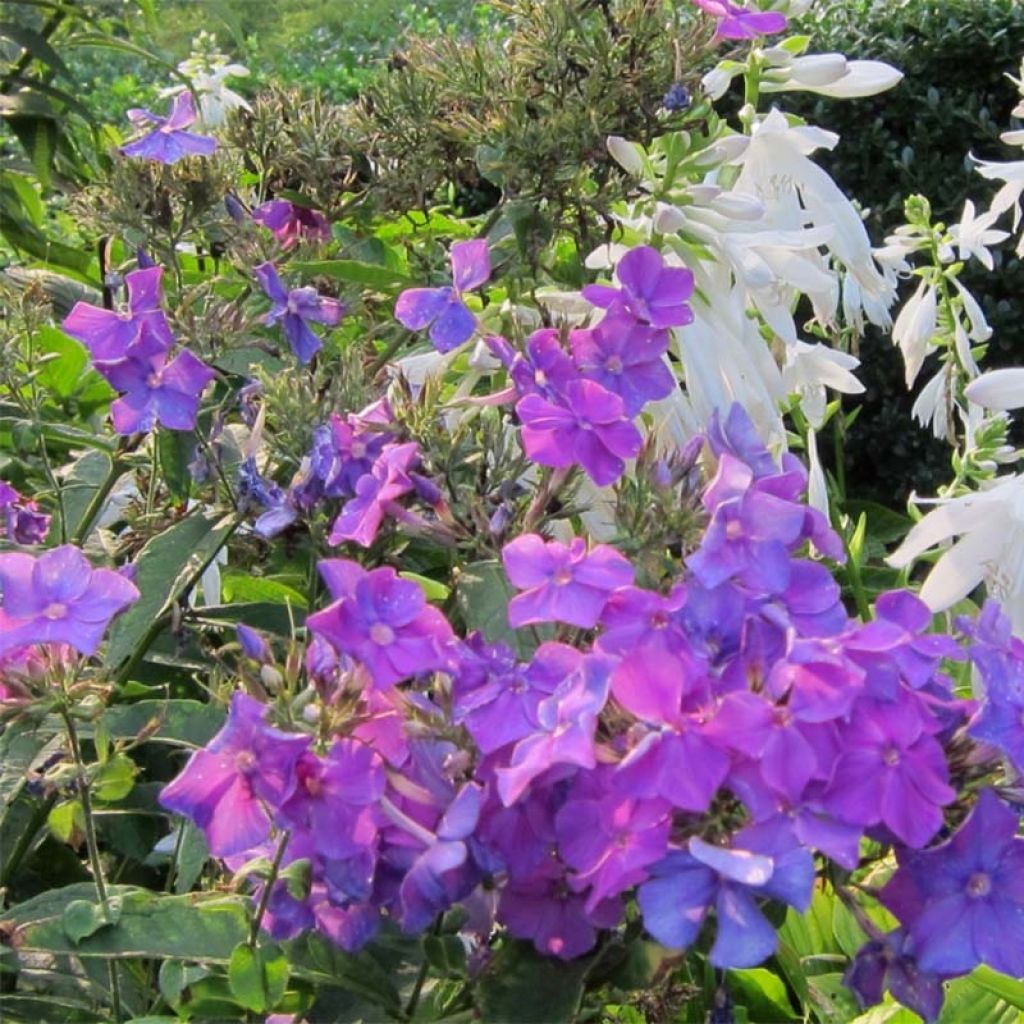

Phlox paniculata Blue Paradise
Phlox paniculata Blue Paradise
Phlox paniculata Blue Paradise
Garden Phlox, Summer Phlox, Perennial Phlox
This item cannot be shipped to the selected country
Delivery charge from €5.90
Delivery charge from €5.90
Delivery charge from €5.90
More information
Schedule delivery date,
and select date in basket
This plant carries a 12 months recovery warranty
More information
We guarantee the quality of our plants for a full growing cycle, and will replace at our expense any plant that fails to recover under normal climatic and planting conditions.
From €5.90 for pickup delivery and €6.90 for home delivery
Express home delivery from €8.90.
From €5.90 for pickup delivery and €6.90 for home delivery
Express home delivery from €8.90.
From €5.90 for pickup delivery and €6.90 for home delivery
Express home delivery from €8.90.
Does this plant fit my garden?
Set up your Plantfit profile →
Description
Phlox paniculata Blue Paradise is undoubtedly the bluest paniculate phlox variety currently available on the market. Its mauve flowers take on truly bluish tones, especially when planted in partial shade. In borders and beds, this tall perennial pairs perfectly with delphiniums, campanulas, roses, or mixed with perennial geraniums. Its tall stems may require staking.
Phlox paniculata 'Blue Paradise' belongs to the family of Polemoniaceae. It is a variety derived from Phlox paniculata, native to fertile and damp meadows in the eastern United States. 'Blue Paradise' is a herbaceous perennial plant with a woody stump forming a clump of leafy stems that reaches approximately 80-90 cm (32-35in) in height and 50 cm (20in) in width. The stiff and brittle stems are adorned with alternate, simple, ovate, and lanceolate leaves of bright green colour. The foliage is rarely affected by powdery mildew. Flowering begins in early July, at the height of summer, and continues until September, provided that faded flowers are regularly pruned. The small flowers, 1.5 to 2.5 cm (1in) in diameter, have a tubular corolla of a mauve-blue colour, in harmony with the darker throat. They are grouped at the end of the stems in dense and slightly fragrant panicles, whose weight bends the stems. This flowering is honey-bearing and nectar-bearing.
In bloom throughout the summer, and even into autumn, this tall perennial accustomed to cottage gardens is irreplaceable in borders and perfect for bouquets. Tall phlox prefer sunny locations and good garden soils that remain damp. Phlox 'Blue Paradise' can be planted in perennial beds, alongside red, white, or pink blooms with which it forms a perfect chromatic association. Pair it with perennial geraniums, asters, with Phlox 'Orange Perfection', or with other simple perennials. Phlox make good companions for bush roses.
Report an error about the product description
Phlox paniculata Blue Paradise in pictures
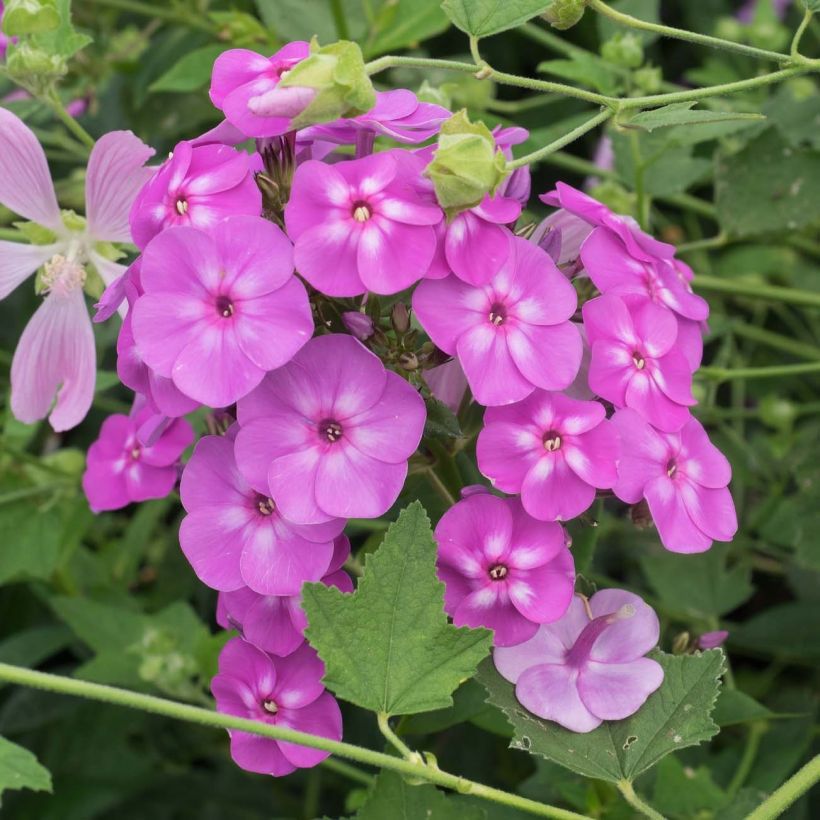

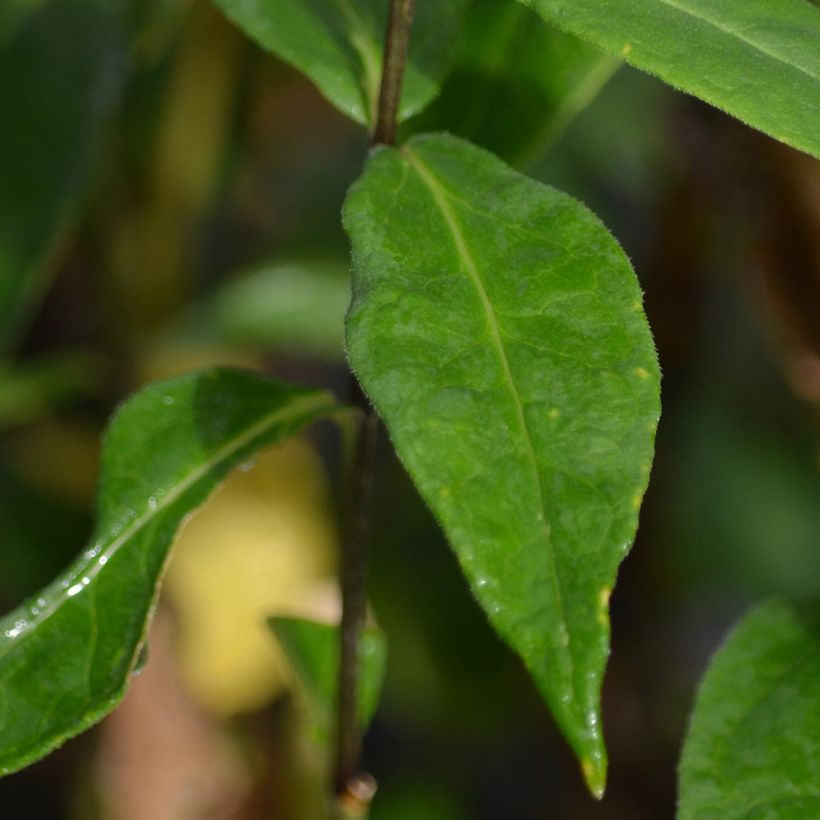

Flowering
Foliage
Plant habit
Botanical data
Phlox
paniculata
Blue Paradise
Polemoniaceae
Garden Phlox, Summer Phlox, Perennial Phlox
Cultivar or hybrid
Other Phlox
Planting and care
Plant in full sun or partial shade in the south - phlox are more comfortable in a damp climates in summer, especially at night. Choose a location where the soil is rich, deeply loosened, and mixed with compost. Stake if necessary, as the stems can bend under the weight of the leaves. Prune the flowers when they fade, in order to prolong the flowering. Phlox can sometimes be susceptible to powdery mildew; make sure to maintain regular watering in summer and monitor it for early treatment.
Planting period
Intended location
Care
-
, onOrder confirmed
Reply from on Promesse de fleurs
Summer flowering perennials
Haven't found what you were looking for?
Hardiness is the lowest winter temperature a plant can endure without suffering serious damage or even dying. However, hardiness is affected by location (a sheltered area, such as a patio), protection (winter cover) and soil type (hardiness is improved by well-drained soil).

Photo Sharing Terms & Conditions
In order to encourage gardeners to interact and share their experiences, Promesse de fleurs offers various media enabling content to be uploaded onto its Site - in particular via the ‘Photo sharing’ module.
The User agrees to refrain from:
- Posting any content that is illegal, prejudicial, insulting, racist, inciteful to hatred, revisionist, contrary to public decency, that infringes on privacy or on the privacy rights of third parties, in particular the publicity rights of persons and goods, intellectual property rights, or the right to privacy.
- Submitting content on behalf of a third party;
- Impersonate the identity of a third party and/or publish any personal information about a third party;
In general, the User undertakes to refrain from any unethical behaviour.
All Content (in particular text, comments, files, images, photos, videos, creative works, etc.), which may be subject to property or intellectual property rights, image or other private rights, shall remain the property of the User, subject to the limited rights granted by the terms of the licence granted by Promesse de fleurs as stated below. Users are at liberty to publish or not to publish such Content on the Site, notably via the ‘Photo Sharing’ facility, and accept that this Content shall be made public and freely accessible, notably on the Internet.
Users further acknowledge, undertake to have ,and guarantee that they hold all necessary rights and permissions to publish such material on the Site, in particular with regard to the legislation in force pertaining to any privacy, property, intellectual property, image, or contractual rights, or rights of any other nature. By publishing such Content on the Site, Users acknowledge accepting full liability as publishers of the Content within the meaning of the law, and grant Promesse de fleurs, free of charge, an inclusive, worldwide licence for the said Content for the entire duration of its publication, including all reproduction, representation, up/downloading, displaying, performing, transmission, and storage rights.
Users also grant permission for their name to be linked to the Content and accept that this link may not always be made available.
By engaging in posting material, Users consent to their Content becoming automatically accessible on the Internet, in particular on other sites and/or blogs and/or web pages of the Promesse de fleurs site, including in particular social pages and the Promesse de fleurs catalogue.
Users may secure the removal of entrusted content free of charge by issuing a simple request via our contact form.
The flowering period indicated on our website applies to countries and regions located in USDA zone 8 (France, the United Kingdom, Ireland, the Netherlands, etc.)
It will vary according to where you live:
- In zones 9 to 10 (Italy, Spain, Greece, etc.), flowering will occur about 2 to 4 weeks earlier.
- In zones 6 to 7 (Germany, Poland, Slovenia, and lower mountainous regions), flowering will be delayed by 2 to 3 weeks.
- In zone 5 (Central Europe, Scandinavia), blooming will be delayed by 3 to 5 weeks.
In temperate climates, pruning of spring-flowering shrubs (forsythia, spireas, etc.) should be done just after flowering.
Pruning of summer-flowering shrubs (Indian Lilac, Perovskia, etc.) can be done in winter or spring.
In cold regions as well as with frost-sensitive plants, avoid pruning too early when severe frosts may still occur.
The planting period indicated on our website applies to countries and regions located in USDA zone 8 (France, United Kingdom, Ireland, Netherlands).
It will vary according to where you live:
- In Mediterranean zones (Marseille, Madrid, Milan, etc.), autumn and winter are the best planting periods.
- In continental zones (Strasbourg, Munich, Vienna, etc.), delay planting by 2 to 3 weeks in spring and bring it forward by 2 to 4 weeks in autumn.
- In mountainous regions (the Alps, Pyrenees, Carpathians, etc.), it is best to plant in late spring (May-June) or late summer (August-September).
The harvesting period indicated on our website applies to countries and regions in USDA zone 8 (France, England, Ireland, the Netherlands).
In colder areas (Scandinavia, Poland, Austria...) fruit and vegetable harvests are likely to be delayed by 3-4 weeks.
In warmer areas (Italy, Spain, Greece, etc.), harvesting will probably take place earlier, depending on weather conditions.
The sowing periods indicated on our website apply to countries and regions within USDA Zone 8 (France, UK, Ireland, Netherlands).
In colder areas (Scandinavia, Poland, Austria...), delay any outdoor sowing by 3-4 weeks, or sow under glass.
In warmer climes (Italy, Spain, Greece, etc.), bring outdoor sowing forward by a few weeks.



































